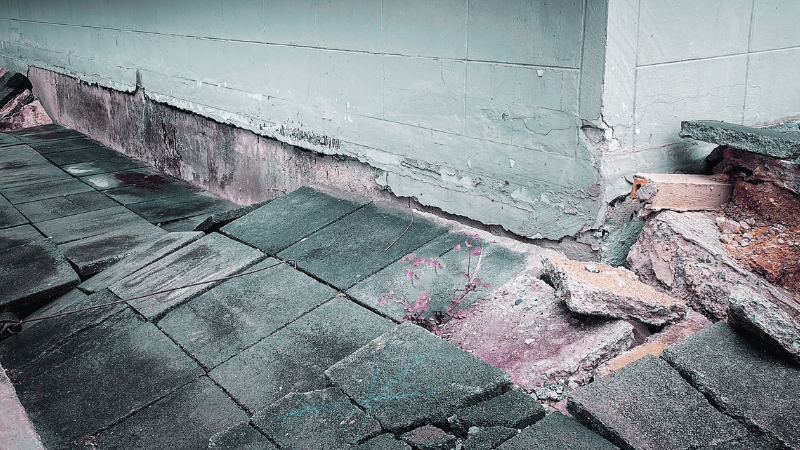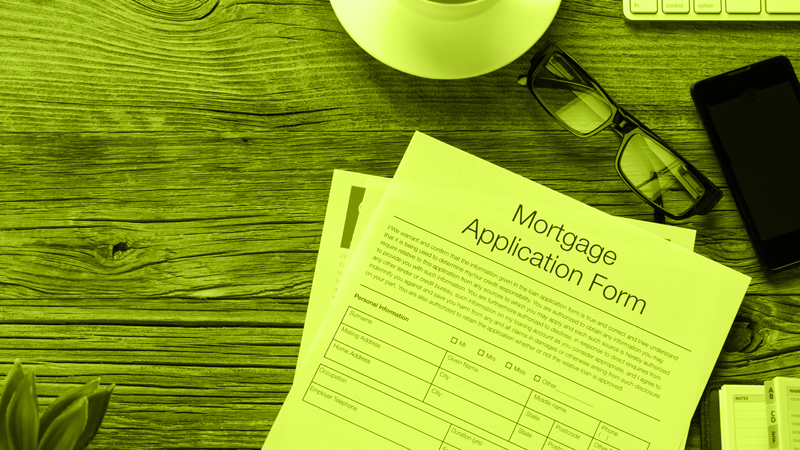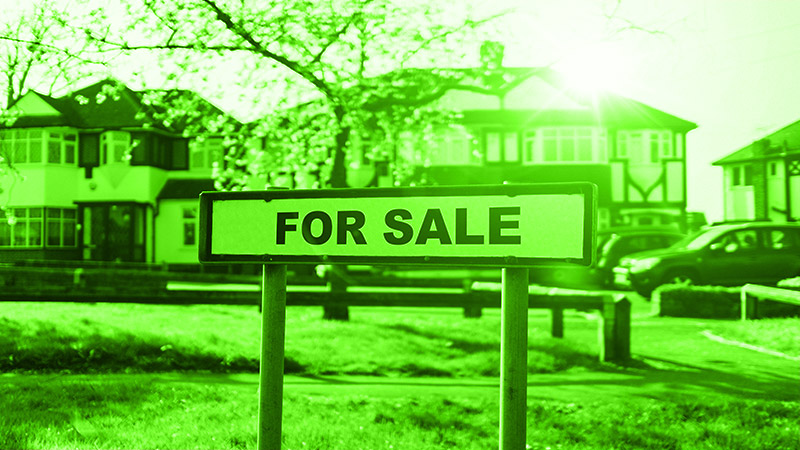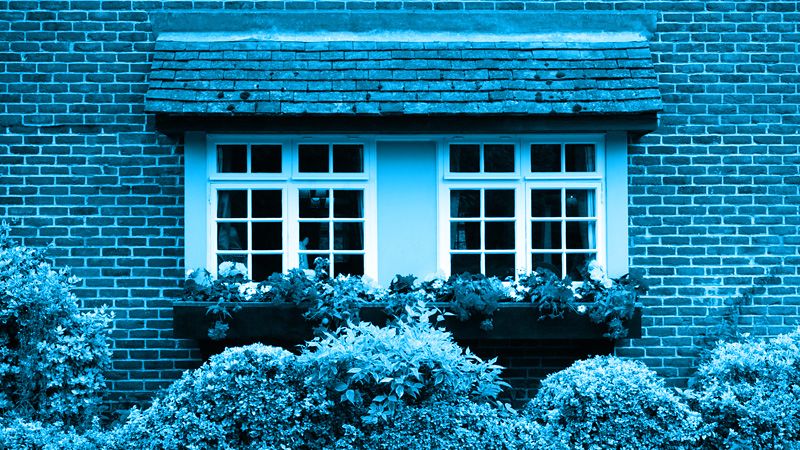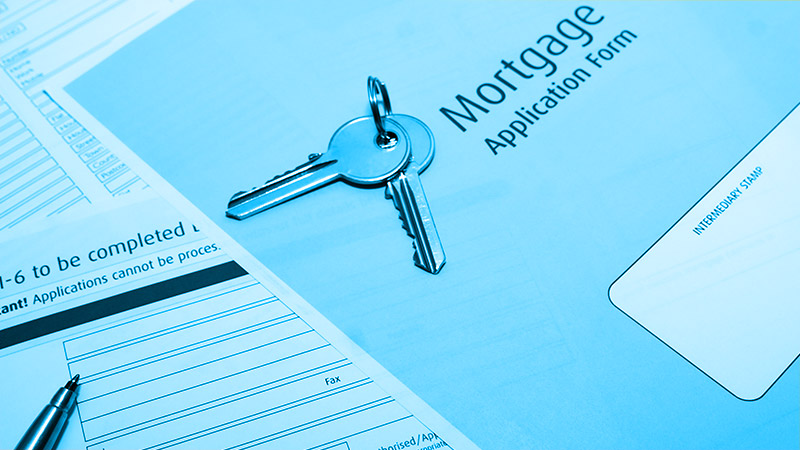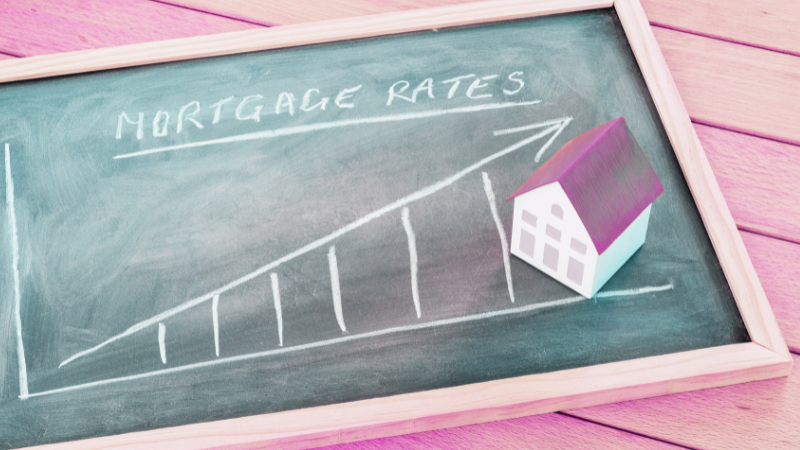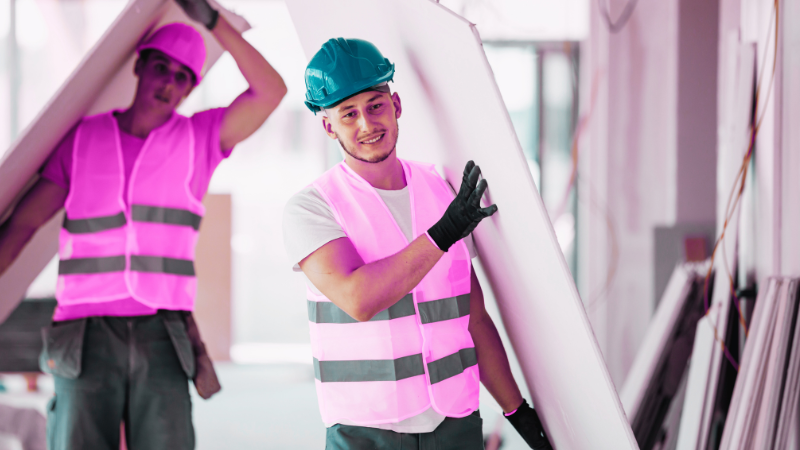Buying a house is one of the most significant milestones in life and is bound to be accented with a blend of excitement and trepidation as you find the perfect place to call home.
But when the word subsidence enters the conversation, that excitement can quickly turn into uncertainty.
Subsidence can feel like a dealbreaker at first glance, but it doesn’t have to be. While it’s a factor that demands careful consideration, it doesn’t have to derail your home-buying journey.
In the UK, subsidence is more common than you might think, particularly in areas with clay-rich soil or older properties built with shallow foundations.
According to a leading insurance provider, subsidence incidents will contribute to related insurance claims in 2025 as 2024 closed out with some of the wettest periods in the past few years.
But it’s not all bad news. These issues, while daunting, are manageable with the right approach. Whether you’re eyeing a charming Victorian terrace or a rural cottage, understanding subsidence can help you make an informed decision rather than walking away from a potential opportunity.
With proper preparation and guidance from professionals, purchasing a property with subsidence can be a calculated risk rather than a gamble.
What Is Subsidence?
Subsidence is when the ground beneath a property shifts or sinks, causing the building’s foundations to move. This movement can lead to structural issues, including cracks in walls, doors and windows sticking, and in extreme cases, the property itself tilting or leaning.
It’s an issue that can affect both the value of a home and the ease of securing a mortgage, making it an important factor to address early in the buying process.
In the UK, certain factors make some areas more prone to subsidence than others. These include:
- Clay Soil: Clay soil is notorious for expanding when wet and shrinking when dry. This can wreak havoc on shallow foundations, making them unstable over time. During prolonged droughts, the shrinkage of clay soil can lead to noticeable shifts in a property’s structure.
- Proximity to Large Trees and Shrubs: The roots of trees and large shrubs can absorb vast amounts of water from the surrounding soil. This can lead to the soil drying out and shrinking, especially if the trees are located close to the property. Species like oaks and willows are known to have extensive root systems that pose a higher risk.
- Leaking Pipes or Drains: Over time, leaks from water mains, sewage pipes, or drains can soften and erode the soil beneath a property. This creates voids in the ground, causing the soil to compact under the weight of the building.
- Historical Land Use: Properties located near old mines, landfill sites, or areas with a history of industrial activity are often at higher risk of subsidence. Over time, these sites may experience ground instability due to voids or uneven compaction.
- Extreme Weather Events: While not a direct cause, changing weather patterns and more frequent extreme events, like heavy rainfall followed by prolonged dry spells, can exacerbate soil movement and increase the risk of subsidence.
Why Understanding the Cause of Subsidence Matters
Identifying the root cause of subsidence is about assessing the long-term implications. The underlying reason for subsidence will determine the potential cost and complexity of repairs, as well as the likelihood of recurrence.
For example:
Clay Soil Issues
Repairs might involve improving drainage systems, removing nearby trees, or underpinning the property’s foundation to give it more stability.
Leaking Pipes
Fixing leaks and reinforcing the surrounding soil could resolve the problem if it’s caught early.
Tree-Related Subsidence
While removing trees might seem like an easy solution, this can sometimes worsen the issue if not managed carefully, as the soil may heave once the roots can no longer absorb water.
By understanding these nuances, property buyers can make more informed decisions about whether a purchase is viable.
They can also use this knowledge to negotiate a better price and know what steps are needed to move forward with the property financing.
Signs of Subsidence
When viewing a property, be on the lookout for early signs of subsidence, such as:
- Cracks that are diagonal and wider at the top than the bottom.
- Sticking doors and windows that no longer fit their frames.
- Crumpled wallpaper, especially if there’s no obvious dampness.
- Uneven or sloping floors.
If you suspect subsidence, a professional survey can be used to assess how severe the problems are and if repairs are needed (or will be helpful).
Related reading:
- Reasons for remortgaging.
- Remortgaging to release equity.
- Remortgaging to buy another property.
- Remortgaging with bad credit.
- Remortgaging for home improvements.
- I own my house outright can I remortgage?
- Capital raising mortgages.
Can You Get a Mortgage for a House with Subsidence in the UK?
Yes, but it’s not always straightforward. Many UK lenders are cautious about properties with current or historical subsidence due to the heightened risk of structural issues and the potential for devaluation.
That said, with the right preparation, documentation, and approach, securing a mortgage for a property with subsidence is entirely possible in the UK.
What Lenders Look for When Assessing the Risk of Properties with Subsidence
Mortgage lenders assess the risk of lending against a property with subsidence by considering several factors. These include:
-
Proof of Repairs
Lenders need assurance that the subsidence issues have been professionally addressed. This could involve evidence of underpinning (a process that stabilizes the foundations), structural reinforcement, or other necessary repairs.
Detailed documentation, including invoices and certifications from qualified contractors, will strengthen your application.
-
No Recent Movement
A property with active subsidence is considered a significant risk, so most lenders require a structural engineer’s report demonstrating that no further movement has occurred in the last 5–10 years. This report provides reassurance that the issue is unlikely to recur.
-
Specialist Insurance
Buildings insurance that explicitly covers subsidence is often a prerequisite. Standard insurance policies may exclude subsidence claims, so you’ll need to seek specialist cover. Lenders will typically want to see proof of this insurance.
Additional Considerations for Mortgage Approval
-
Larger Deposits
Some lenders may ask for a higher deposit (often around 25–30%) to offset the perceived risk. This means you’ll need to budget.
-
Lower Loan-to-Value Ratios (LTV)
Lenders may cap the maximum loan-to-value ratio they’re willing to offer. For example, instead of lending 90% of the property’s value, they might only offer 75%, requiring you to cover the rest upfront.
-
Valuation Requirements
Lenders may request a detailed valuation of the property to confirm its current market value. If subsidence has impacted the value, it could affect the amount you’re able to borrow.
-
Historical Subsidence
If the subsidence occurred decades ago and has been resolved, lenders are more likely to view the property favourably compared to one with ongoing issues. Be prepared to provide historical documentation.
How to Improve Your Chances of Mortgage Approval
Before proceeding with a purchase, invest in a detailed structural survey. A full survey provides clarity on the extent of the issue and what repairs, if any, are needed.
The cost varies by service provider, but is typically between £500 and £1,500, depending on the property’s size and location.
Some mainstream lenders may shy away from properties with subsidence, but specialist lenders often have more flexible criteria. A broker familiar with these situations can connect you with suitable options and streamline the process.
If subsidence is identified, you may be able to negotiate a lower purchase price with the seller. A lower price may mean it’s easier to get a mortgage.
The cost of repairs can be significant, and sellers often expect to make concessions in such cases.
Is Underpinning a Solution for Subsidence
Underpinning is a common solution for severe subsidence, involving the reinforcement of a property’s foundations.
While effective, it’s also expensive and can cost from £10,000 to £50,000 depending on the property and severity. If a property has been underpinned, ensure you:
- Obtain all documentation, including warranties and engineering reports.
- Verify the quality of the work with a professional surveyor.
- Consider how the underpinning might affect future resale value and insurance premiums.
Why Do Some Buyers Avoid Subsidence Properties?
The higher costs involved from repairs to insurance could place strain on a buyer’s budget.
Future buyers may also hesitate to show interest in the property for fear of future subsidence issues. And of course, fewer lenders offer mortgages for subsidence and those that do offer them may charge a higher interest rate.
Is Buying a House with Subsidence Worth It?
Ultimately, the decision depends on your budget, risk tolerance, and long-term plans for the property.
If you’re willing to put in the work and invest in repairs, buying a house with subsidence can be an opportunity to secure a unique home at a lower price.
Conclusion
Buying a property with subsidence in the UK requires careful planning and preparation, but it’s not impossible. By understanding the causes and risks and working with specialist brokers, you can enjoy a seamless mortgage application process.
Call us today on 01925 906 210 or contact us to speak to one of our friendly advisors.
